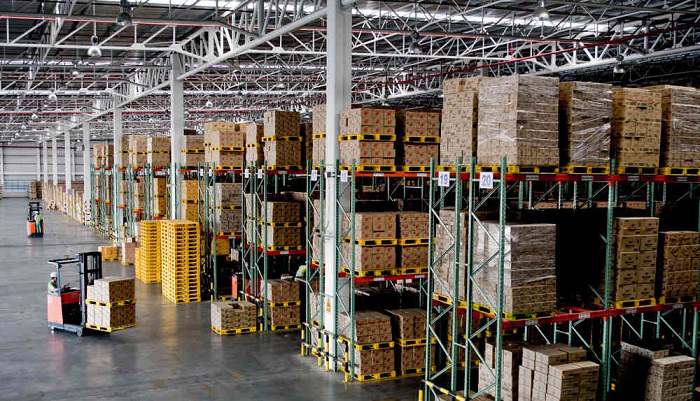Table of Contents Show
The e-commerce industry is consolidating its place in the market. It has also given a much-needed boost to the logistics business. If you also are planning to own a warehouse, then pallet racking systems will play a very important role in your store. Choosing a pallet racking system is a tricky affair. There are some fundamental prerequisites for setting up a pallet racking system. You need to know those prerequisites very well before you conceptualize your inventory.
Role of pallet racking systems
Before you proceed further with the selection part, you need a greater clarity about why do you need a pallet racking setup. This clarity helps because many good businesses do not own the warehouse, and they are not aware of inventory management despite being in the same industry.
Pallet racking systems are also a part of inventory management. And in this day and age, when the shipment’s speed has a direct relationship with the value of the product, it is the pallet racking system that enables warehouses to deliver loads faster. Everything from protection to organization’s top storage is a part of this system.
Prerequisites of the selection of this racking system
Once you have clarity that you want to go with this sort of arrangement, you can move ahead with it. As mentioned, the choice is difficult, but if you align your offerings with the pallet racking system, the job becomes much more comfortable. There is only one way in which you get this alignment right that is by gaining clarity about the following factors.
Budget Clarity about how much you want to invest in your warehouse helps you a lot in selecting a racking setup. Your inventory should be efficient, but it should not unnecessarily overburden your company. The money goes in all three departments, i.e., design, storage, and installation. So it would be best if you plan accordingly. At same time, you should not at all go out to buy a cheap pallet racking setup, because warehouses are long-term investments, and you should make a balanced and informed decision considering your company’s finances.
Storage requirements Once you are clear about the investment you will make in your potential warehouse, the second most crucial thing that you need to figure out is your storage needs. The analysis should ideally start with a comprehensive examination of the product roster. You should segregate and classify all the products in terms of their shelf life, density, weight, and other similar parameters. Ideally, it would help if you go for the right mix of both drive-in pallet racking systems and conventional ones. You are more comfortable taking the call when you do an excellent job in identification. So, you should make sure that you do not make identification in a casual manner.
Durability Warehouses are long term fixed assets and you need very strategic thinking while looking for the options. There are some factors that you cannot afford to compromise. The durability of the pallet racking system is one such factor. Please do not go for the solution like collapsing racks; they might look tempting to start, but in the long run, they become major cause for the warehouse accidents.
Ultimately, these things cost you not only financially, but also affect your brand as well. You can certainly avoid these potential problems just by taking the right calls when you are in the process of building your warehouse. Do not compromise with durability; assess the weight capacity of the shelf as comprehensively as possible.
Now, it is pretty much clear how the selection of these racking systems can affect the prospects of your company; hence, the thrust on selecting the right setup is essential. Stakes are high, so the decision making should be reasonable and cautious.
Different Types of Pallet Racking System
Selective Racking
Selective racking systems are a number of the foremost common and widely used racking systems, mainly because they’re less costly and easier to put in than other, more specialized racking systems. This type of racking is great for warehouses that store an out-sized number of stock-keeping units (SKUs).
Cantilever Racking
Cantilever Racking systems are wont to store items that can’t be easily stored on pallets.
Pallet Flow Racking
Pallet flow racking systems also are mentioned as “gravity flow” racking systems. These systems are best fitted to the first-in, first-out (FIFO) inventory management methodology.
Push Back Racking
Push back racking systems is another high-density storage option, with the power to store up to 6 pallets deep on either side of an aisle. There are usually three carts stacked on top of every other. the primary pallet is loaded from the front during a keep off racking system and sits on the highest cart.
Drive-In Racking
Drive-In racking systems are great for storing large volumes of just a couple of SKUs and may even be configured to manage inventory with FIFO or last-in, first-out (LIFO). With drive-in racking, the forklift literally drives into the racking system to maneuver a pallet. This sort of pallet racking system is cost-effective by maximizing the quantity of space for storing in your warehouse.











